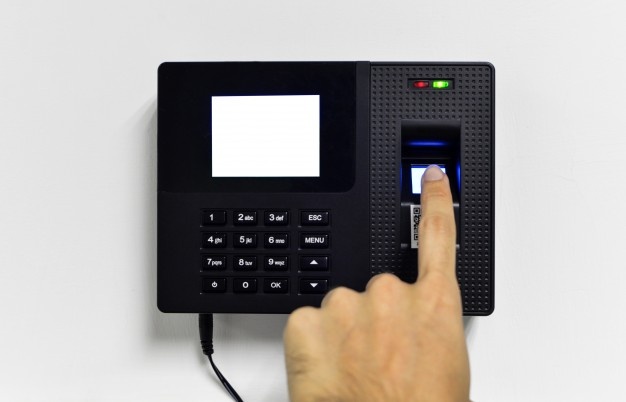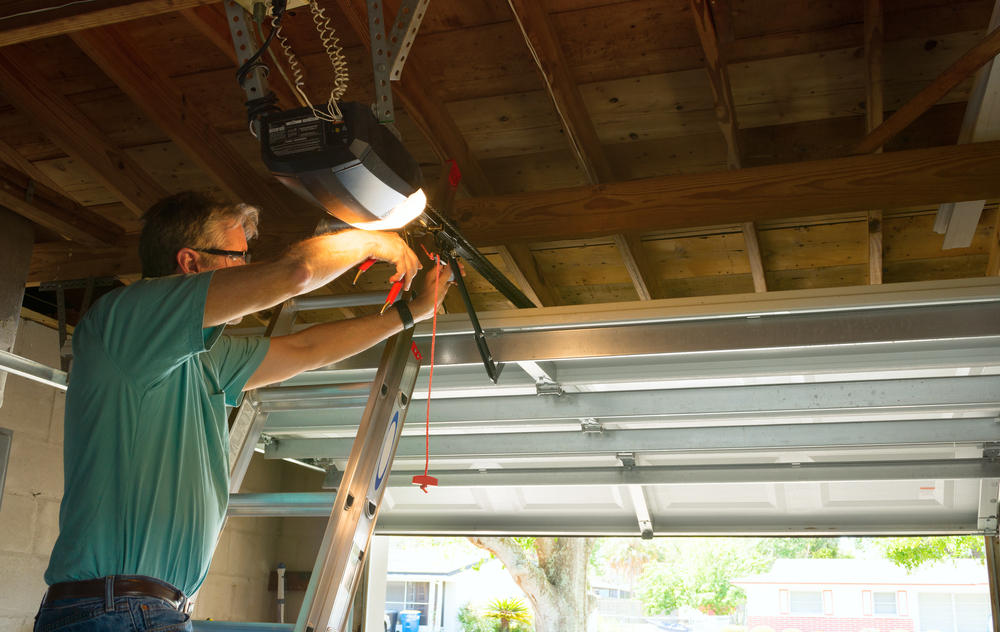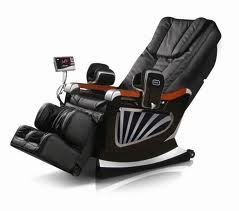Remembrance for Road Traffic Victims: Observing November 18
November 18 is observed as the Day for Remembrance for Road Traffic Victims, a day dedicated to honoring and remembering those who have lost their lives in road accidents. Speed breakers, or speed bumps, are constructed on roads to reduce vehicle speeds and prevent accidents. However, improper speed breakers have been a cause of concern. According to statistics from the Ministry of Road Transport and Highways, around 4,700 fatalities were reported in 2017 due to the presence of improper speed breakers on national and state highways.
The Role of Speed Breakers in Preventing Road Accidents
Road accidents claim numerous lives every year, often caused by a combination of negligent behavior from drivers and the carelessness of others. Raising awareness and promoting responsible driving can significantly reduce the number of fatalities on the roads. Education about road safety and patience while driving are essential factors in ensuring safer roads.
The Toll of Improper Speed Breakers: A Look at Statistics
Traffic signals are already installed on road sides to enhance safety for both pedestrians and drivers. They serve as reminders for drivers to follow traffic rules and drive cautiously. One common cause of accidents is drivers not adhering to the designated speed limits set by speed breakers on the roads.
Reducing Road Fatalities: Knowledge and Patience are Key
By being vigilant, adhering to traffic rules, and respecting the importance of speed breakers, we can collectively contribute to a safer road environment and reduce the tragic loss of lives due to road accidents. Road safety is a shared responsibility, and everyone must play their part to make our roads safer for all users.
Few Observations with speed breakers
1. Speed Breakers: A Cause of Discomfort and Concern
Speed breakers, though meant to ensure road safety, often lead to inconvenience and potential hazards for drivers and riders.
2. Uneven Distribution: Lack of Speed Bumps on Busy Roads
Busy roads without sufficient speed bumps pose challenges for maintaining safe speeds, potentially increasing the risk of accidents.
3. Unnecessary Ramps: Overabundance in Some Areas
Certain areas may have an excessive number of ramps without a genuine requirement, leading to a bumpy and uncomfortable ride.
4. Roller Coaster-like Speed Humps
Some poorly designed speed humps resemble roller coasters, causing discomfort and potentially damaging vehicles.
5. Clearance Issues: Speed Breakers Too High
Speed breakers that are raised to excessive heights can scrape the bottom of vehicles with adequate ground clearance, posing risks to the vehicle’s integrity.
6. Poorly Marked Speed Breakers: A Recipe for Collisions
Lack of proper coloring and marking on speed breakers can result in drivers applying sudden brakes, leading to collisions and skidding, particularly for two-wheelers.
7. Hazards for Two-wheelers and Cyclists
Protruding nails on plastic bumps become hazardous for two-wheelers and cyclists, creating safety risks on the road.
8. Perplexing Design Choices: Unexplained Series of Small Speed Breakers
Small speed breakers arranged in continuous rows without clear rationale can cause vehicles to bump uncontrollably and unpredictably.
It is surprising to learn that guidelines in the form of laws do exist in our country regarding the construction of speed bumps. However, it appears that awareness of these guidelines is lacking among the workers involved in constructing speed bumps and even their supervisors.
According to data from the Council of Scientific and Industrial Research (CSIR) Central Road Research Institute (CRRI), a mere 5% of speed breakers on main roads in Delhi adhere to the provided guidelines. Even on smaller roads, none of the speed breakers comply with the recommended guidelines.
These crucial guidelines are set forth by the Indian Road Congress (IRC) and the Unified Traffic and Transportation Infrastructure (Planning and Engineering) Centre. Following these guidelines is essential to ensure that speed bumps are constructed safely and effectively, minimizing potential hazards and discomfort for road users. It is vital for relevant authorities and stakeholders to raise awareness and enforce adherence to these guidelines to improve road safety and create a more comfortable driving experience for all.
Where should be Speed Bumps Constructed?
Speed bumps should be constructed at specific locations to effectively control speed and enhance road safety. The ideal locations for the construction of speed bumps are as follows:
- T-intersections on Minor Roads with High Operating Speeds and Poor Visibility:
Speed bumps are suitable for T-intersections on minor roads with relatively low traffic volumes but where vehicles tend to travel at high speeds. These locations often have limited sight distances, making it necessary to implement speed calming measures.
- Intersections of Minor Roads with Major Roads in Urban Areas:
Speed bumps are beneficial at intersections where minor roads intersect with major roads in urban areas. These intersections are crucial points where traffic needs to be slowed down for safer merging and crossing.
- Mid-Block Sections in Urban Areas:
In urban areas, mid-block sections of roads, especially those experiencing higher than desired speeds, can be ideal locations for speed bump installation to promote safer driving.
- Selected Local Streets in Residential Areas:
Residential areas often have lower speed limits for the safety of pedestrians and residents. Installing speed bumps on selected local streets within these areas can help ensure compliance with speed limits and protect vulnerable road users.
- Educational and Healthcare Institutions:
Speed bumps are appropriate near schools, colleges, universities, hospitals, and other similar institutions where pedestrian safety is paramount.
- Areas with Excessive Speeding:
Speed bumps can be strategically placed in areas where traffic is consistently observed to travel faster than the regulated or safe speed for that location.
When placing speed bumps, it is essential to adhere to relevant guidelines set forth by authorities, such as the Indian Road Congress (IRC) and the Unified Traffic and Transportation Infrastructure (Planning and Engineering) Centre, to ensure proper design, placement, and effectiveness of these traffic calming measures. Properly constructed speed bumps can contribute significantly to reducing accidents and creating safer road conditions for all road users.
Other Locations to place speed breakers for Road safety
Certainly, speed breakers can be effectively used in various other locations to improve road safety and reduce accidents. Some of these places include:
- Accident-Prone Areas:
Speed breakers can be installed in areas where a history of accidents exists. These locations are identified as accident-prone, and speed bumps can help mitigate the risks associated with speeding and improve overall safety.
- Approaches to Temporary Diversions:
During road construction or maintenance work, temporary diversions are set up. Speed breakers at the approaches to these diversions can ensure that drivers reduce their speed and navigate safely through the changed traffic flow.
- Approaches to Weak or Narrow Bridges and Culverts:
Weak or narrow bridges and culverts may require speed breakers at their approaches to maintain safer speeds, especially when the structural integrity is a concern.
- On the Minor Arms of Uncontrolled Junctions and at Railway Level Crossings:
Speed breakers are beneficial at uncontrolled junctions, particularly on the minor arms of these junctions. They also serve as a safety measure at railway level crossings, alerting drivers to reduce speed and be cautious.
- Sharp Curves with Poor Sight Distances:
Speed bumps can be placed before sharp curves with limited visibility to ensure drivers slow down and negotiate the curves safely.
- Ribbon Development Areas with High Pedestrian Activity:
In built-up areas with high pedestrian activity, such as ribbon development zones, installing speed breakers helps protect pedestrians from vehicles traveling at high speeds.
- Level Crossings (Manned or Unmanned) on All Types of Roads:
Speed breakers at level crossings ensure that vehicles approach these crossings at safe speeds, enhancing safety for both road users and train passengers.
When implementing speed breakers in these locations, it is crucial to adhere to proper guidelines and standards to ensure their effectiveness without causing discomfort to road users. Properly designed and placed speed breakers contribute significantly to road safety and help prevent accidents in various challenging areas.
Dimensions of Speed Breakers
According to the guidelines set by the Indian Road Congress (IRC-99), a standard speed breaker should have the following dimensions:
- Radius: 17 meters
- Width: 3.7 meters
- Height: 0.1 meters
These dimensions are calculated to reduce the speed of vehicles to approximately 25 kmph (kilometers per hour).
However, the Central Road Research Institute (CRRI) has introduced a code for speed breakers at various speeds. This means that the dimensions of a speed breaker can vary depending on the desired decrease in vehicle speed.
In some cases, it may be necessary to install speed breakers repeatedly over a section of road to consistently keep vehicle speeds low. The distance between one speed breaker to another can vary from 100 to 120 meters, center to center.
The variations in speed breaker dimensions and spacing are based on the specific traffic conditions, road layout, and desired reduction in vehicle speeds to ensure maximum effectiveness and safety. It is crucial to implement speed breakers in accordance with established guidelines to achieve the desired traffic calming effects while maintaining a comfortable driving experience for road users.
Construction Material used for Speed Breakers
Speed breakers should ideally be constructed using Bitumin, as it offers several advantages such as a longer lifespan and providing a smoother landing for vehicles passing over them. The use of Bitumin ensures durability and reduced maintenance needs, making it a preferred material for constructing speed breakers.
Unfortunately, in practice, many speed breakers are made of plastic and PVC materials, which have a shorter lifespan. These materials tend to wear off quickly, typically within 5 to 6 months, necessitating frequent replacements. As a result, using plastic and PVC speed breakers can lead to additional costs for maintenance and replacements over time.
To ensure the longevity and cost-effectiveness of speed breakers, it is essential for relevant authorities and municipalities to prioritize the use of more durable materials like Bitumin during construction. This would not only provide a smoother and safer driving experience for road users but also minimize the need for frequent replacements, thereby reducing overall maintenance expenses.
Placement of Warning Signs for Speed Breakers
To ensure the safety of drivers and provide sufficient warning about the presence of speed breakers, it is essential to place appropriate advance warning signs. The following guidelines can be followed for the placement of warning signs for speed breakers:
- Advance Warning Signs:
Suitable advance warning signs should be installed to alert drivers about the upcoming speed breakers. These signs serve as important visual cues, giving drivers enough time to adjust their speed accordingly.
- Placement Distance:
For low-speed roads, warning signs should be placed approximately 100 meters or 50 meters ahead of the speed breaker. This distance allows drivers to slow down gradually and safely approach the speed breaker.
- Consistency and Visibility:
Ensure that warning signs are consistent in appearance and placement throughout the road network. They should be clearly visible to drivers, even during adverse weather conditions or at night.
- Reflective Material:
Use reflective materials for the warning signs to enhance visibility during nighttime driving.
- Clear Messaging:
The warning signs should have clear and easily understandable symbols or text indicating the presence of a speed breaker ahead.
By adhering to these guidelines and ensuring proper placement of warning signs, drivers can be adequately informed about the speed breakers, reducing the risk of accidents and providing a safer driving experience for all road users.
What should be the Number of Speed Breakers?
The number of speed breakers on a road should be carefully considered and implemented based on the specific traffic conditions, road design, and safety requirements. While the exact number may vary depending on these factors, it is essential to prioritize the proper design and construction of the speed breakers that are installed.
The focus should be on the effectiveness and functionality of the speed breakers rather than the quantity. It is crucial to construct speed breakers that adhere to the relevant guidelines and standards, ensuring they serve their purpose in safely reducing vehicle speeds.
Installing a large number of speed breakers without proper planning and design can lead to discomfort for drivers, increased wear and tear on vehicles, and potential safety hazards. Therefore, the emphasis should be on implementing a reasonable number of speed breakers that are strategically placed and constructed to achieve the intended traffic calming effect while maintaining road safety.
In summary, it is not the quantity but the quality of speed breakers that matters. Properly designed and constructed speed breakers can effectively contribute to road safety and a smoother driving experience for all road users.
Placement of Speed Breakers
- At ‘T’ intersections, speed breakers should be installed on minor roads; or perpendicular arms about 10 meters away from the inner edges of major roads.
- Proper sign boards and markings are required to be provided at such locations.
- Speed breakers should be extended through the entire width of road supported on a proper base.
- On bridges, speed breakers should not be provided. However, accidents prone areas which have bridges or curve and narrow bridges, either approach must have two speed breakers each.
Marking on Speed Breakers
To enhance visibility and provide additional warning to drivers, speed breakers should be marked with appropriate markings. The following marking recommendations can be followed for speed breakers:
- Alternate Black and White Bands:
Speed breakers should be painted with alternate black and white bands. This pattern provides additional visual warning to drivers, especially during the day, making the speed breakers more noticeable on the road.
- Luminous Paint or Luminous Stripes:
For better visibility at night, it is desirable to use luminous paint or luminous stripes on the speed breakers. These materials have the property of absorbing light during the day and emitting it at night, making the speed breakers visible in low light conditions.
- Embedded Cat-Eyes:
The use of embedded cat-eyes on speed breakers can further enhance night visibility. Cat-eyes are reflective road markers that provide excellent visibility to drivers, guiding them safely over the speed breakers at night.
By incorporating these markings on speed breakers, drivers can receive additional warnings and better visibility both during the day and at night. These measures contribute to increased road safety and help prevent accidents by ensuring that drivers can easily identify and slow down for the speed breakers on the road.
What Should be done if you want to Construct a Speed Breaker?
If you wish to construct a speed breaker on a particular stretch of road due to safety concerns, you can follow the process outlined by the Delhi Traffic Police. Here are the steps to take:
Source: Website of Delhi traffic police:
- Send an Application to DCP/Traffic (HQ):
Prepare a written application expressing the need for a speed breaker on the specific accident-prone stretch of road. Submit this application to the Deputy Commissioner of Police (DCP)/Traffic (HQ) for consideration.
- Traffic Analysis and Recommendation:
The submitted application will be analyzed from a traffic point of view by the concerned authorities. They will assess the need for a speed breaker in that area based on traffic conditions, safety concerns, and accident data.
- Speed Breaker Committee Evaluation:
The recommendation for the construction of a speed breaker will be forwarded to the Speed Breaker Committee. This committee comprises representatives from various departments, including MCD (Municipal Corporation of Delhi), NDMC (New Delhi Municipal Council), PWD (Public Works Department), CRRI (Central Road Research Institute), Traffic Police, and the concerned residents’ welfare association.
- Decision on Construction:
The Speed Breaker Committee will carefully consider the recommendation and evaluate the necessity of constructing a speed breaker on the specified stretch of road. The committee will decide whether to proceed with the construction or removal of any existing speed breakers in that area.
By following this process and involving relevant stakeholders, you can request the construction of a speed breaker in areas where it is genuinely needed for improved road safety. The collaborative effort of local residents, traffic authorities, and various departments ensures a well-informed decision that benefits the community and enhances road safety in the area.





